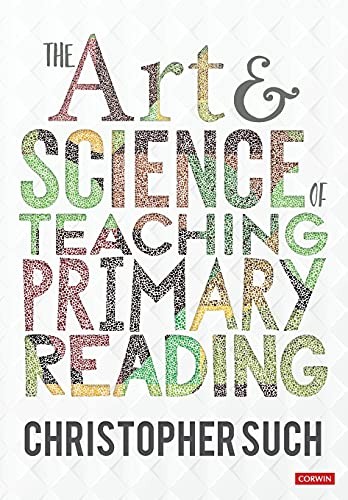At Willowbrook School we have worked hard to develop a reading strategy that:
- Is underpinned by robust research;
- Supports pupils' success in other aspects of English, such as Spelling and Writing;
- Enables us to be forensic in identifying areas of weakness in a child's reading 'journey', so that we can respond in a timely and effective way.
Our Reading strategy is based heavily on the evidence-informed book, "The Art and Science of Primary Teaching" by Christopher Such. The book describes reading as "the product of decoding and language comprehension, where weaknesses in either will lead to difficulties with reading comprehension." Essentially, for a child to be able to comprehend what they are reading, they need to be able to read fluently, have a broad vocabulary and a deep knowledge of the world. For this reason, our reading strategy incorporates all three of these elements:
1. Developing fluency
Our reading strategy has a heavy emphasis on supporting children to become confident, fluent readers. This means beginning with a robust, systematic phonics programme, and we use Little Wandle for this. Alongside continued phonics teaching in Y2 (and beyond), children participate in daily whole-class reading sessions, where children engage in 'extended reading' (prolonged engagement with longer extracts of texts). Through this, children improve their accuracy, pace and prosody - the three components of fluent reading.
2. Improving vocabulary
A wide range of challenging vocabulary is embedded in our curriculum, and teachers also explore new words at every opportunity during the normal school day. We also include some discrete vocabulary instruction in pupils' KS2 reading 'diet'. This involves children engaging with 'tier two words' or Latin/Greek root words. In these sessions, children deepen their knowledge of the English language and are given lots of opportunities to revisit/retrieve knowledge of previously learned vocabulary.
3. Knowledge of the world
When a child tries to comprehend what they are reading, they draw on their own background knowledge to try to make sense of the context and the language being used. Creating this mental representation of the situation being described is called a 'situation model'. With this in mind, we think it is vital that our curriculum is knowledge-rich, as this enhances children's schema-development and gives them a deeper knowledge of a wide range of people, places and concepts. We believe that a knowledge-rich curriculum is an essential component of an effective reading strategy.
Other aspects of becoming a confident reader - such as understanding text structures, syntax and metaphors - are developed through shared exploration of quality texts/extracts. This happens during reading instruction activities such as 'Close Reading' and 'Shared Reading'.
